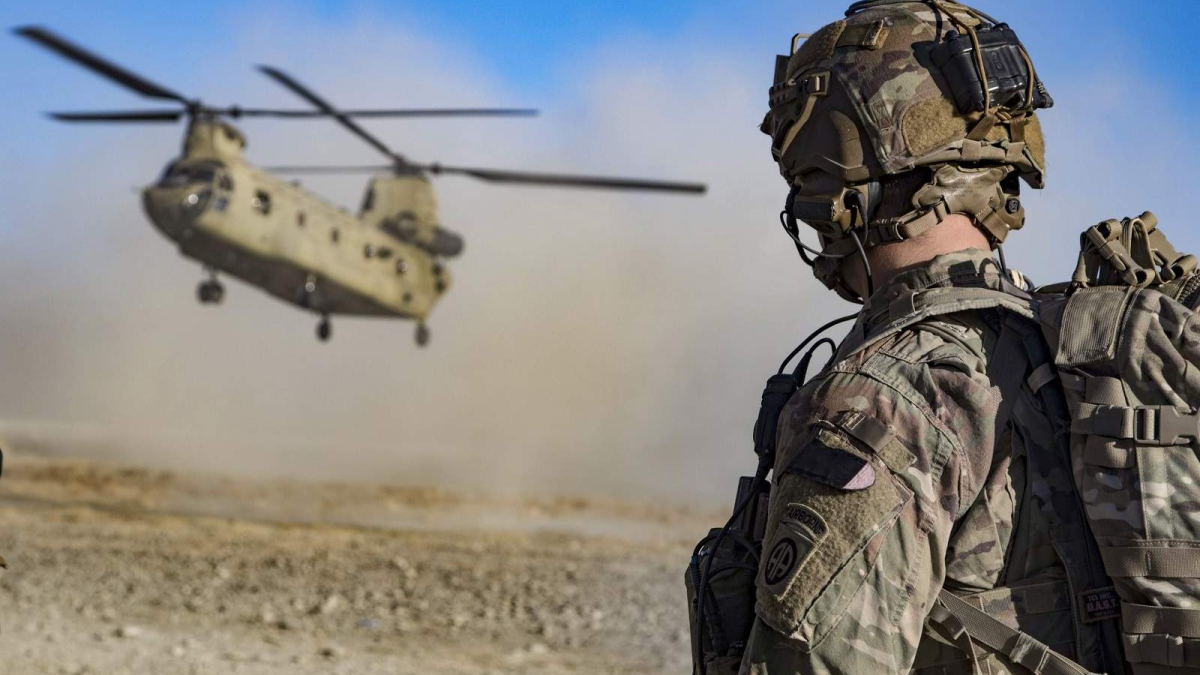History of U.S. Intervention in Afghanistan, from the Cold War to 9/11

The United States’ decision to withdraw troops from Afghanistan closes a 20-year chapter between the two countries. But US intervention in Afghanistan far predates the 21st century, stretching back decades.
In the weeks and months ahead, there are going to be a lot of questions about what’s next for Afghanistan, including how the US approaches it. But contemplating what happens going forward also means looking at the past, including the ways American involvement has shaped Afghan politics and life for more than 50 years.
During the Cold War, both the US and the Soviet Union sought to gain footholds in Afghanistan, first through infrastructure investments and then military intervention. Once they withdrew in the late 1980s, the country entered a civil war — a backdrop to the rise of the Taliban. And while the US took a back seat in Afghanistan during much of the ’90s, it invaded after the 9/11 terrorist attacks in 2001 and undertook a two-decade project for which the underlying mission would evolve. Now President Joe Biden has finally pulled American troops out of Afghanistan, but the two nations are still intertwined.
I recently spoke with Ali A. Olomi, a historian of the Middle East and Islam at Penn State Abington, about the long, storied history of US meddling in Afghanistan and how it has shaped the country and people’s lives there. Olomi, who is the host of the podcast Head on History, discussed the US’s funding of some factions of the mujahedeen, or Afghan guerrilla fighters, during the 1970s and ’80s; America’s rolling reasoning for its involvement in Afghanistan post-2001; and whether the US, even without soldiers present, is really gone.
A lot of people date US intervention in Afghanistan to 2001. But is that the right place to start?
The actuality is that the United States was involved all the way back in the 1950s. Afghanistan was going through a series of modernizing projects, and it attempted to really build into a modern nation-state under two subsequent leaders: first, King Zahir Shah, and then followed by his cousin who overthrew him, President Mohammad Daoud Khan. And it was right in the midst of the Cold War.
Both the Soviet Union and the United States were involved in Afghanistan, namely through infrastructure building. The Soviet Union really built what’s known as the Salang Tunnel, which connected northern Afghanistan to Kabul. The United States was involved in what was known as the Helmand Valley project, which was an irrigation project and agricultural project about building dams in southern Afghanistan. It had been funneling a significant amount of money from the ’50s and ’60s on.
There was a lot of money coming from both of these big, great powers in Afghanistan. And that really sets the stage for what eventually becomes a more formal military relationship to the country.
And where does the military relationship start? The 1970s?
Yes. In the ’70s, the United States is at first quite hesitant to support any type of military expansion.
Daoud Khan starts to ally himself more and more with the Soviet Union. He tries to establish a friendly relationship. He has a very famous phrase that he uses: “I feel happiest when I light my American cigarette with Soviet matches.” That really speaks to his attempt to leverage his really weird, uncomfortable Cold War relationship. But his allying with the Soviet Union makes the United States very, very nervous.
Things get even worse in 1978, when Daoud Khan is formally overthrown in what’s known as the Saur Revolution and a Marxist-Leninist government is established, the Democratic Republic of Afghanistan. Here, the United States starts to slowly funnel money toward some resistance groups. It doesn’t have a unified policy. It’s not like, okay, we need to start a resistance movement to overthrow this communist government. It has a little bit of a muddled approach.
There were some in the [US] government, like former national security adviser Zbigniew Brzezinski, who was very interested in getting involved. There were other military leaders that thought if we get involved, that’s going to force the Soviet Union to get involved. And so they have a bit of a mixed bag approach. But they do start to agitate quite early on in 1978, and in 1979, they are funneling money to Pakistan’s intelligence services, who are then funneling it into the hands of the resistance. That does eventually induce a Soviet invasion.
The US was actually involved a little before the Soviets invaded. Once they got invaded, then the United States throws its full backing. It goes from meddling and funneling and agitating to outright saying, “Okay, we need to support the mujahedeen,” and allying themselves with the anti-communist resistance movement.
Continue reading the full conversation at Vox >>
Ali A. Olami is an Assistant Professor of History with a focus on Middle East, Islamic, and Global South History at The Pennsylvania State University (Penn State).
Topics: 9/11, Afghanistan, Cold War, Conflicts And War, History, Russia, United States Of America
Views: 1637
Related Suggestions

















